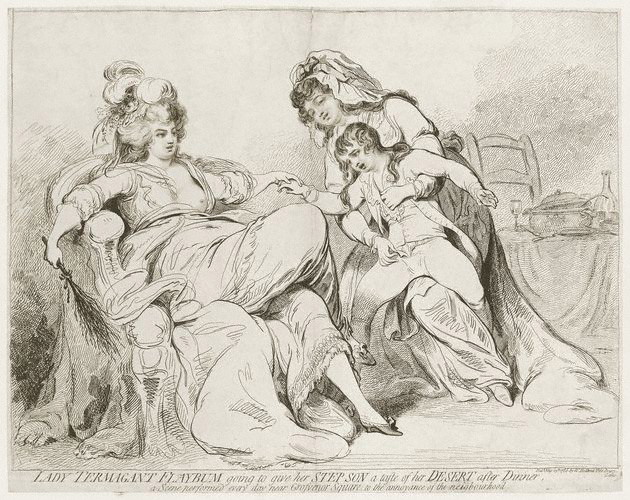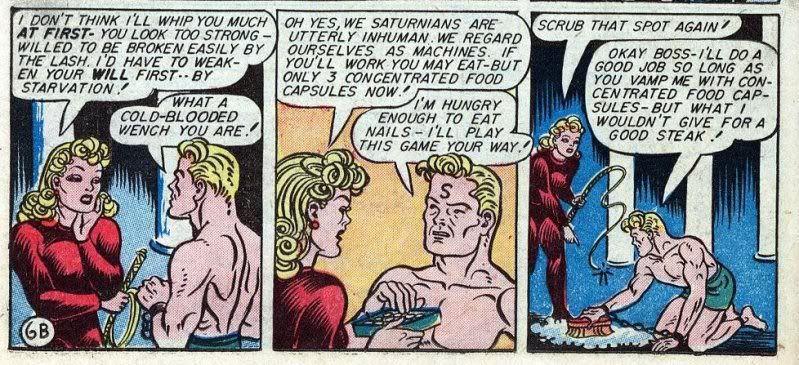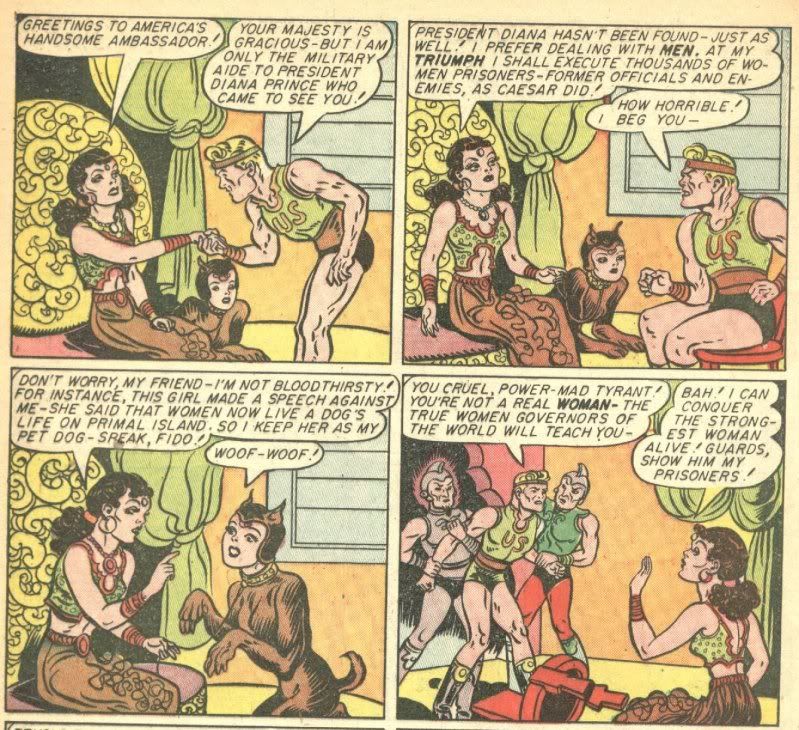Slate.com has a review of Michael Bronski’s A Queer History of the United States. It’s been said that America was founded by people looking for the freedom to be more repressive, but there’s a revolutionary utopian streak in the American character too.
The Puritans aspired to build instead a pure theocratic homeland in America. As the research of historian Jonathan Ned Katz shows, they meant it: Many people were executed for sodomy. Yet he also uncovered cases that suggest this isn’t the whole story. From the start, there were Americans who dissented from the Puritanism–often in the most blatant way—and it is these dissenters who interest Bronski most. In 1624, a large group of people led by a man named Thomas Morton decided to found a town based on very different principles, in an area that is now Quincy, near Boston. They called the town Merrymount—popular slang at the time for illicit forms of sex—and built an 80-foot phallic symbol in the town center. They freed any indentured servants who joined them, befriended the local Native American tribe, and began to intermarry with them, suggesting many of their members were heterosexuals sick of Puritan strictures and open to other ways.
Merrymount sounds as quintessentially American as Salem—and a lot more fun. But the conflict that runs through American history—between fundamentalism and sexual freedom—mowed down Merrymount. In 1629, after a five-year-long prefiguring of life in South Beach or West Hollywood, the local Puritans invaded the town and dismantled it brick by brick. (History doesn’t record what they did with the phallus.) Morton was deported back to London, where he became one of the most eloquent critics of the genocide of the Native Americans in all of Europe.
From the review, Bronski argues that queers (and I would say this includes kinky people) have a mission in American society: to revolutionize ideas about sexuality, gender, family and expression. The struggle over gay marriage is a betrayal of that mission, in favour of assimilation.
This is where my comparison between gays and kinksters breaks down. For the past 120 years or so, most people (gay and straight) argue that homosexuality is a fixed quality of individual character and a certain number of people will always have it. (A minority on both sides of the debate take the “homosexuality is a choice” position.) The “gay issue” is about identities, not acts.
Kinky people are so diverse and their interests so complicated and varied that it is very difficult to consider them a fixed identity. Our identities is based around interests and acts, not identities, and the historical trajectory of kinky people in America follows a different arc. In a way, kinky people can’t assimilate, without disappearing. There’s a movie (can’t remember the name) in which a Jewish-born man loathes his people so much he joins anti-Semetic organizations. In one meeting, he proposes “the final solution” to the Jewish problem: love. Embrace them and assimilate them. The tragedy here is that the historical choice seems to be, to be Jewish is to be despised and threatened with extinction and non-existence. But if that hatred ends, Jews would assimilate into other cultures and become non-existence.
Thus, kink carries with it a certain potential of revolution that means it cannot ever be completely, 100% be assimilated into the mainstream, because nobody really wants it to.
Like it or not, same-sex marriage has become a referendum on gay rights in general in America. (We’ve had it here in Canada for years, by the way.)





